Ireland Adventure
Today we toured the island of Inishmore, the largest of the three islands that make up the Aran Islands. The other two are Inishmaan and Inisheer.
Inishmore is about 12 square miles and has a population of about 800 people. Aran island wool is famous, however there are now only about 30 sheep on the island, not nearly enough to stock the stores with the lovely sweaters that fill their shelves. The wool now comes from elsewhere. Most of the island is now dedicated to livestock like cattle, horses and donkeys. The donkey thing is strange since raising them is subsidized by the EU even though they have limited current use or value. In the past they were critical to farmers in helping them haul sand and sea weed from the shore to cover the thin layer of soil on the rock covered ground. As you can probably see from our pictures, there are LOTS of rocks in Inishmore that had to be cleared in order to create grazing fields.
The other industry on the island is tourism. There are several interesting ruins on the island and it was also recently the location for the Hollywood film The Banshees of Inisherin (a fake island name). It was filmed on Inishmore due to its beautiful scenery.
Our tour was run by a local farming family. One of the islands famous sites is on their land, so accessing it via their tour was easier. Padraig was our guide for the first part of the day. He explained the background of the island and how farming worked. Our first stop was the eastern part of the island where we could see over to the other Aran Islands as well as to the mainland coast near the Cliffs of Moher. The geology of the mainland is the same as the islands.
Our next stop was a church ruin that had been built in 1100 AD and dedicated to St. Benen, a disciple of St. Patrick. This tiny church was part of a monastery, and sat high on a hill overlooking a bay on the island.
We then took a short break for lunch and had some time to browse in a few of the local shops. A certain couple might have bought a sweater or two.
Following lunch we headed to The Wormhole, a natural "pool" located in the rocks at the edge of the ocean. The pool sits about 20 feet below a cliff and was made famous by Red Bull who sponsored a cliff diving competition there about 5 years ago. Compititions took place for several years, however, after a diver was injured it was deemed too dangerous and the “worm hole” was no longer used.Looking down on the pool was good enough for us. We saw no reason to jump.
Next to The Wormhole is the islands most famous site, Dun Angus, a 3000 year old stone fort built at the top of a high cliff. The fort is a semi-circle with the open part up against the top of the cliff. Like most other sites in Ireland, safety measures are minimal. You could walk right up to (and over) the cliff edge inside the fort. With the gusty winds, even approaching the edge felt risky, but the fort and cliff views were spectacular.
We were handed off to Padraig’s brother, Angus for the last part of the tour as Padraig had to return to the mainland. Angus took us on some backroads not seen by most tourists. We saw beautiful but rugged land which is why portions of the Inisherin film were shot here. Lovely scenery, even though the rain and fog had rolled in.
All in all it was a truely fascinating day, especially the look into life on a rural, isolated island by someone who grew up there and is passionate about remaining there.
Tomorrow we take the ferry back to the mainland and into County Mayo to continue our journey north along the Wild Atlantic Way.
Heather Knapp
20 Blogs
14 Apr 2023
Day13: Touring Inishmore
May 07, 2023
|
Inishmore
Today we toured the island of Inishmore, the largest of the three islands that make up the Aran Islands. The other two are Inishmaan and Inisheer.
Inishmore is about 12 square miles and has a population of about 800 people. Aran island wool is famous, however there are now only about 30 sheep on the island, not nearly enough to stock the stores with the lovely sweaters that fill their shelves. The wool now comes from elsewhere. Most of the island is now dedicated to livestock like cattle, horses and donkeys. The donkey thing is strange since raising them is subsidized by the EU even though they have limited current use or value. In the past they were critical to farmers in helping them haul sand and sea weed from the shore to cover the thin layer of soil on the rock covered ground. As you can probably see from our pictures, there are LOTS of rocks in Inishmore that had to be cleared in order to create grazing fields.
The other industry on the island is tourism. There are several interesting ruins on the island and it was also recently the location for the Hollywood film The Banshees of Inisherin (a fake island name). It was filmed on Inishmore due to its beautiful scenery.
Our tour was run by a local farming family. One of the islands famous sites is on their land, so accessing it via their tour was easier. Padraig was our guide for the first part of the day. He explained the background of the island and how farming worked. Our first stop was the eastern part of the island where we could see over to the other Aran Islands as well as to the mainland coast near the Cliffs of Moher. The geology of the mainland is the same as the islands.
Our next stop was a church ruin that had been built in 1100 AD and dedicated to St. Benen, a disciple of St. Patrick. This tiny church was part of a monastery, and sat high on a hill overlooking a bay on the island.
We then took a short break for lunch and had some time to browse in a few of the local shops. A certain couple might have bought a sweater or two.
Following lunch we headed to The Wormhole, a natural "pool" located in the rocks at the edge of the ocean. The pool sits about 20 feet below a cliff and was made famous by Red Bull who sponsored a cliff diving competition there about 5 years ago. Compititions took place for several years, however, after a diver was injured it was deemed too dangerous and the “worm hole” was no longer used.Looking down on the pool was good enough for us. We saw no reason to jump.
Next to The Wormhole is the islands most famous site, Dun Angus, a 3000 year old stone fort built at the top of a high cliff. The fort is a semi-circle with the open part up against the top of the cliff. Like most other sites in Ireland, safety measures are minimal. You could walk right up to (and over) the cliff edge inside the fort. With the gusty winds, even approaching the edge felt risky, but the fort and cliff views were spectacular.
We were handed off to Padraig’s brother, Angus for the last part of the tour as Padraig had to return to the mainland. Angus took us on some backroads not seen by most tourists. We saw beautiful but rugged land which is why portions of the Inisherin film were shot here. Lovely scenery, even though the rain and fog had rolled in.
All in all it was a truely fascinating day, especially the look into life on a rural, isolated island by someone who grew up there and is passionate about remaining there.
Tomorrow we take the ferry back to the mainland and into County Mayo to continue our journey north along the Wild Atlantic Way.
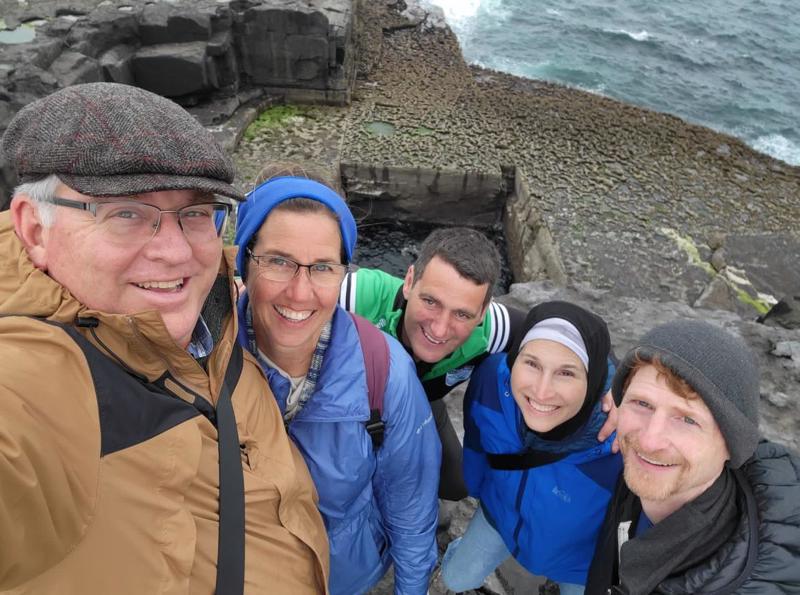
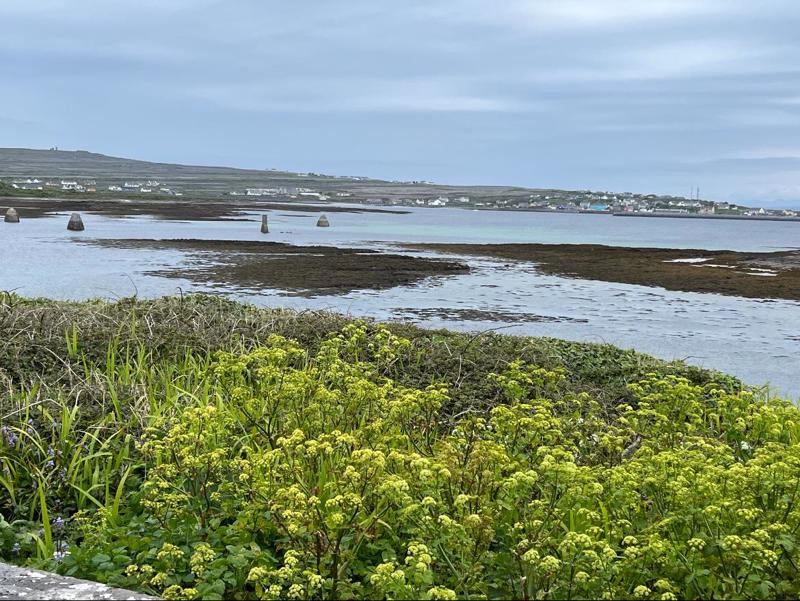
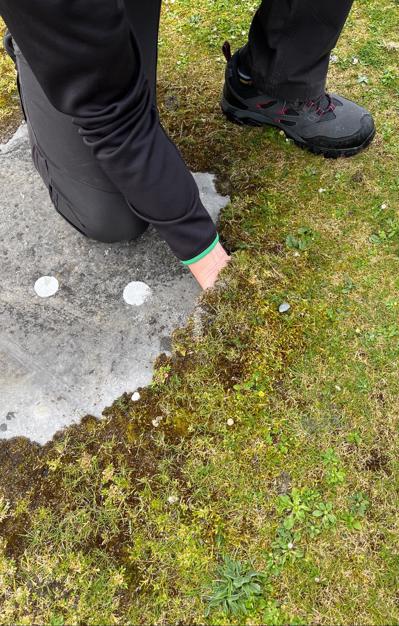
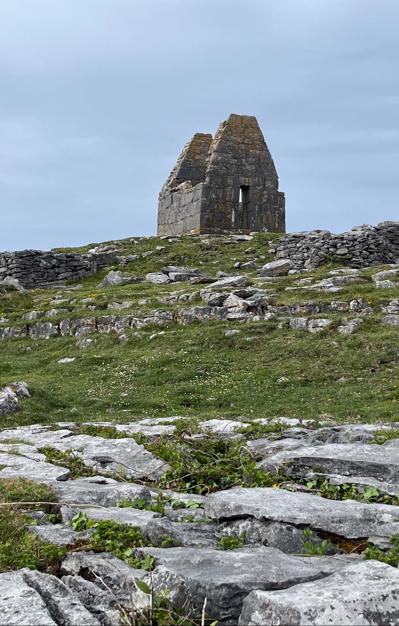

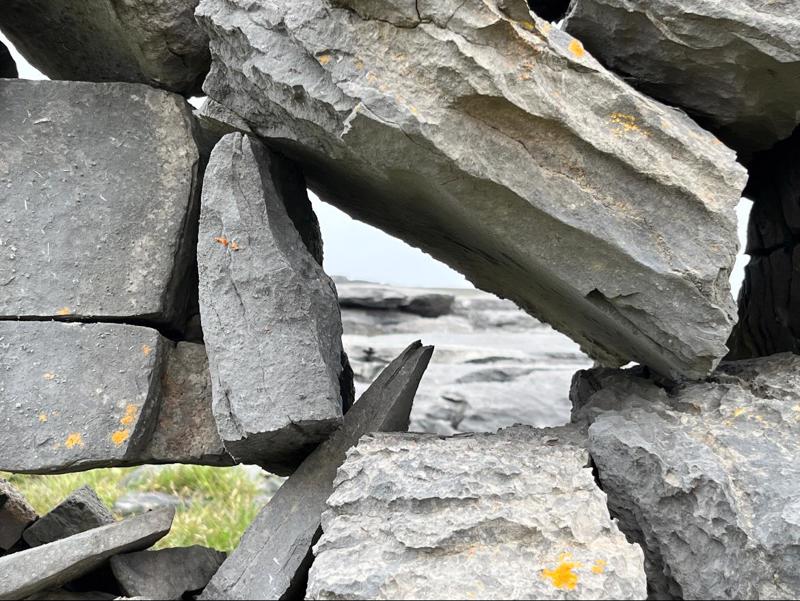
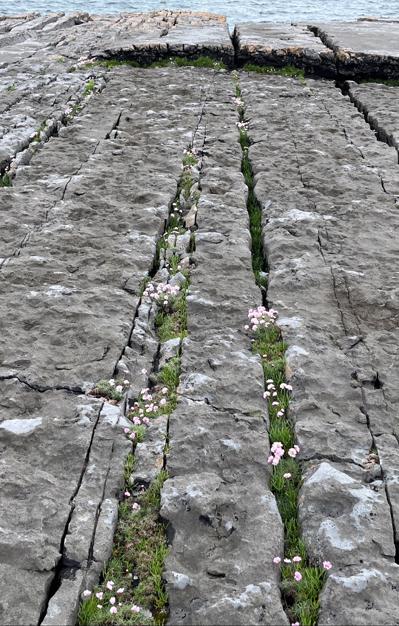
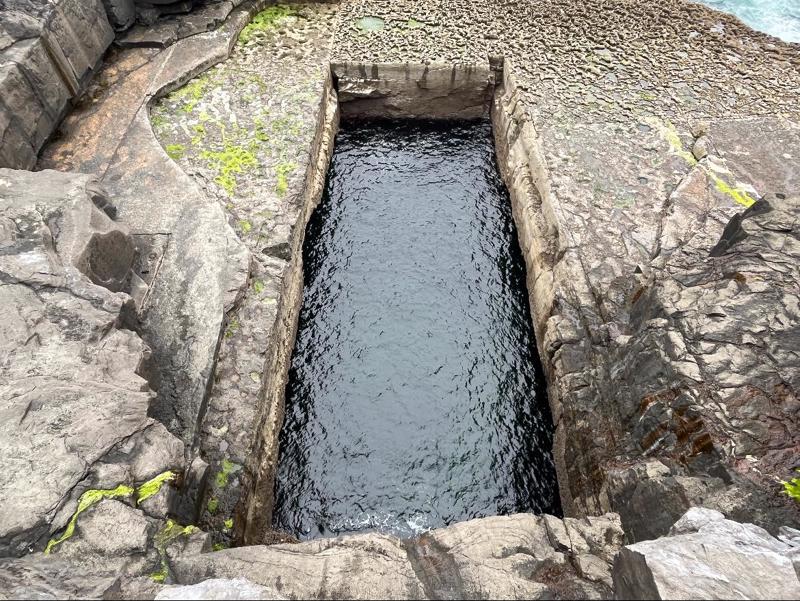
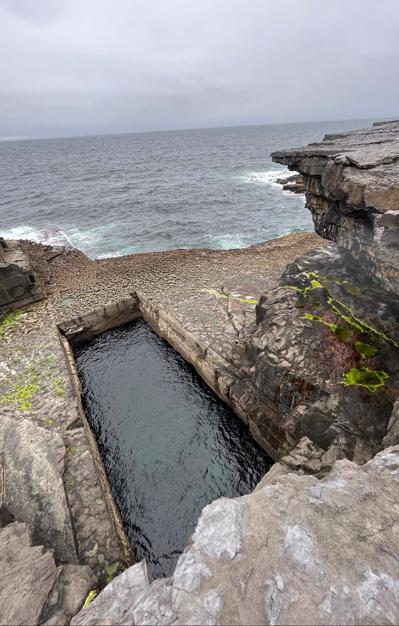

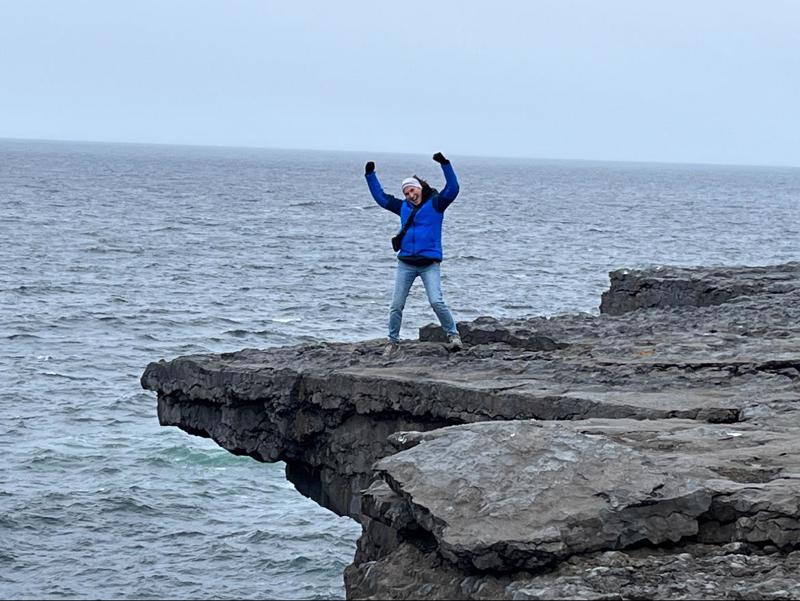
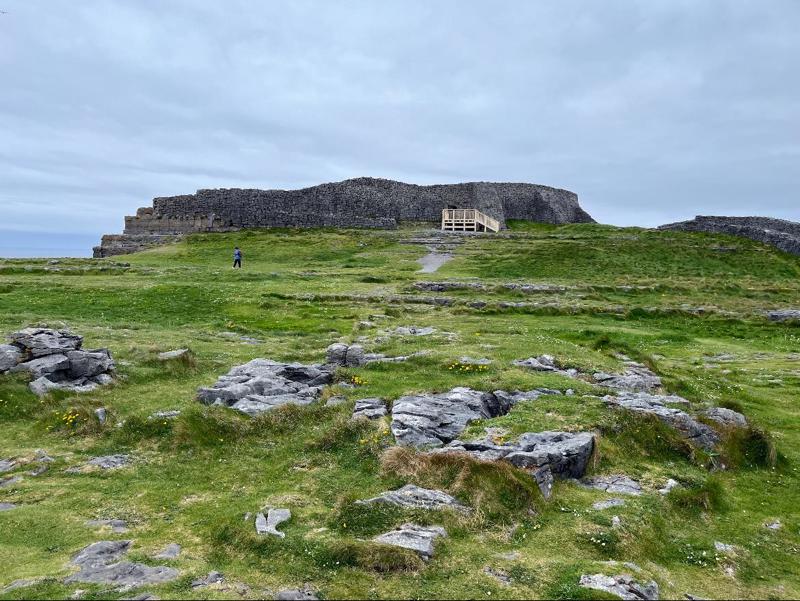
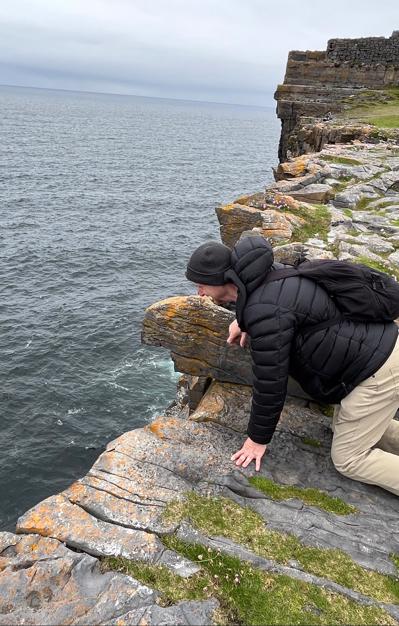

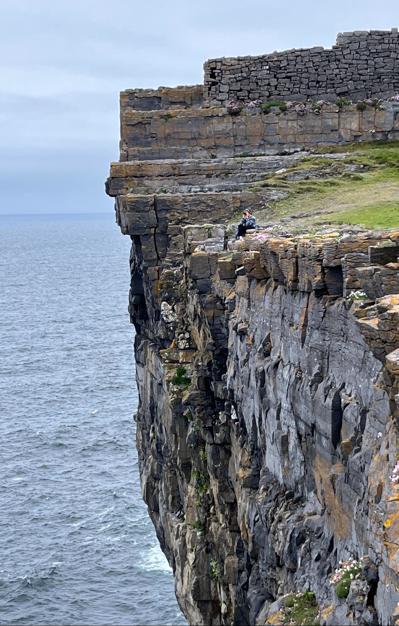

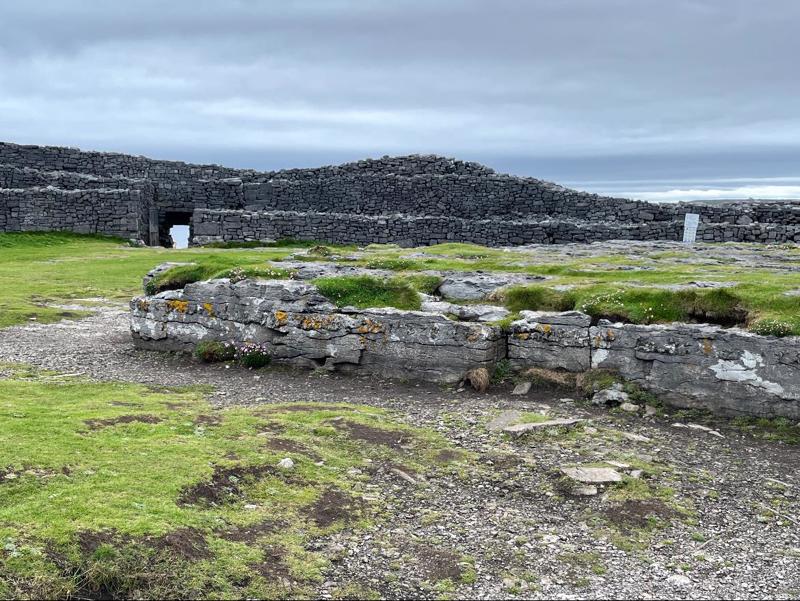

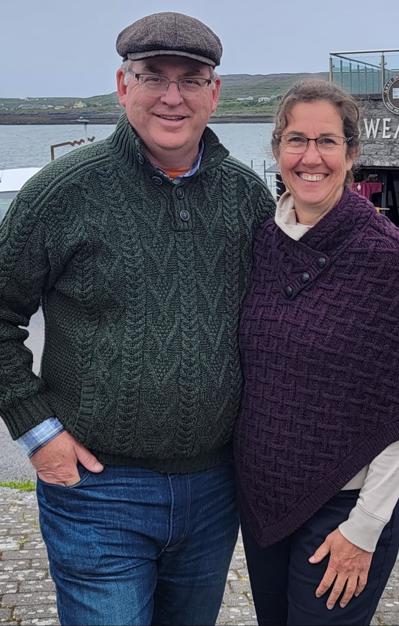
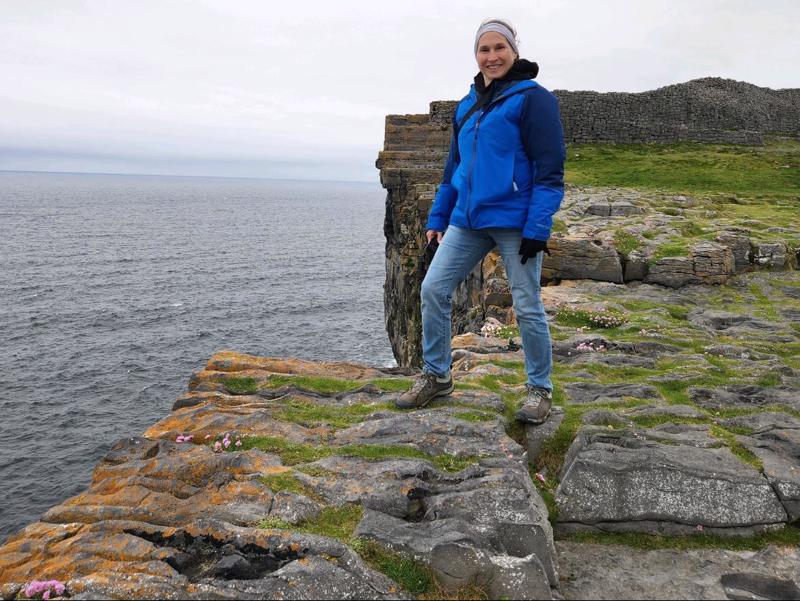
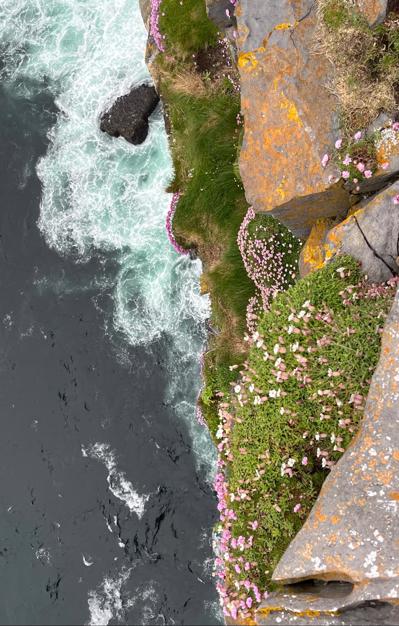



1.
Our Ireland Adventure is About to Begin
2.
Day 1: Travel Day (4/24) & Walking Tour (4/25)
3.
Day 2: Dublin
4.
Day 3: Last Day in Dublin
5.
Day 4: Wiclow and Kilkenny
6.
Day 5: Kilkenny to Waterford
7.
Day 6 : Waterford to Skibbereen
8.
Day 7: In & Around Skibbereen
9.
Day 8: Last Day in Skibbereen
10.
Day 9: Driving the Beara Peninsula to Kenmare
11.
Day 10: Driving the Kerry Peninsula
12.
Day 11: Driving the Ring of Dingle
13.
Day 12: Doolin (Cliffs of Moher) to Inishmore
14.
Day13: Touring Inishmore
15.
Day 14: Inishmore to Westport
16.
Day 15: Westport to Derry
17.
Day 16: Touring Northern Ireland (Giants Causeway)
18.
Day 17: Belfast to Slane
19.
Day 18: Touring Boyne Valley (Our last day)
20.
Day 19: Homeward Bound - Dublin to Chicago
Share your travel adventures like this!
Create your own travel blog in one step
Share with friends and family to follow your journey
Easy set up, no technical knowledge needed and unlimited storage!